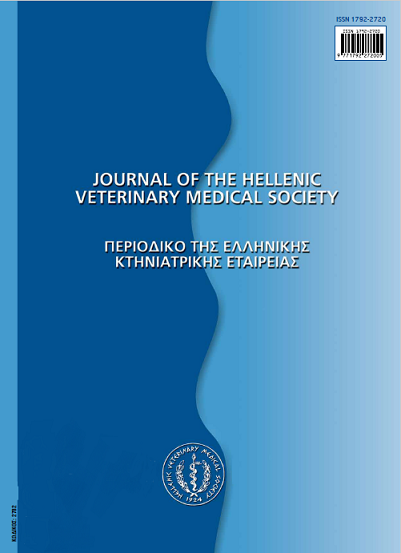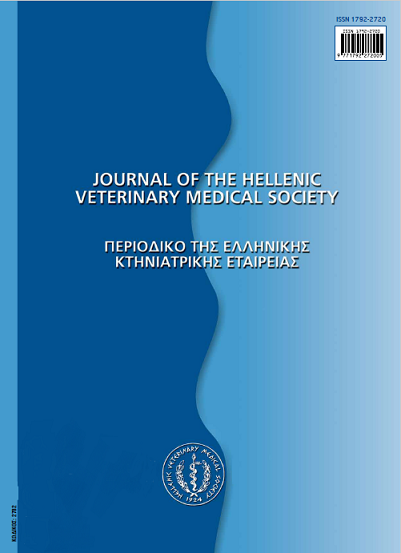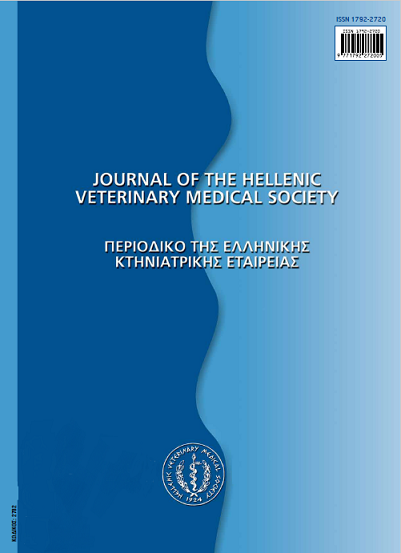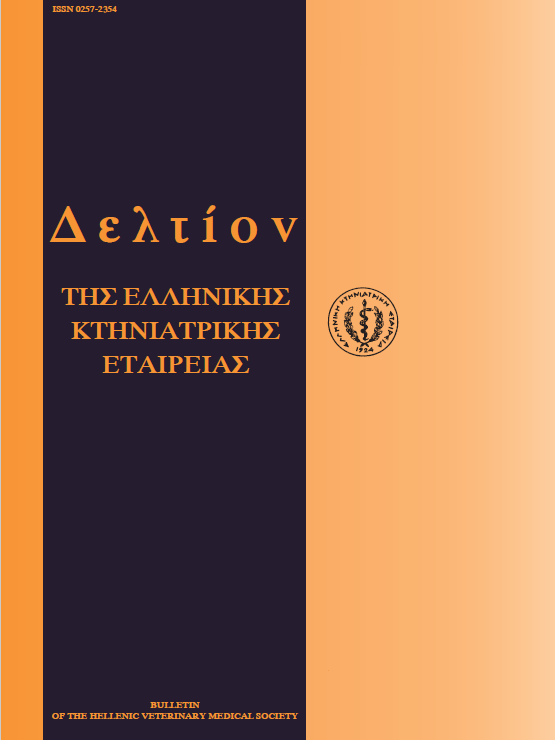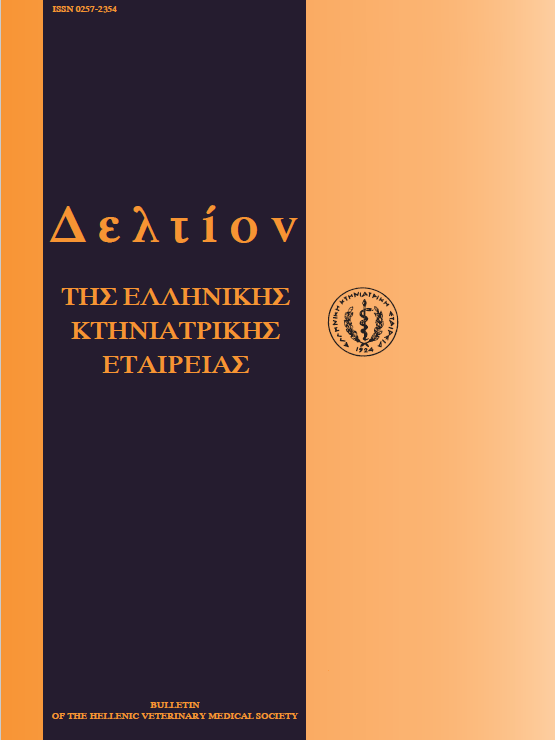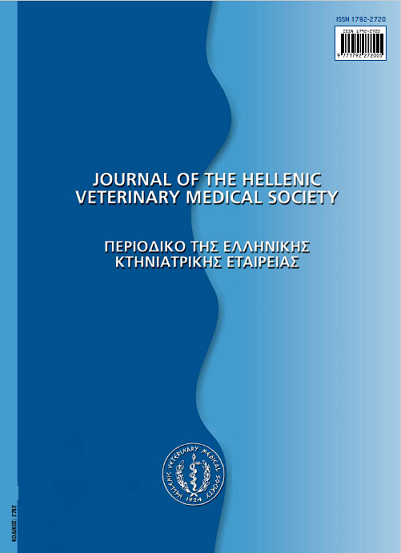A case of Trixacarus caviae mange in a guinea pig (Caviaporcellus)
Abstract
A male, peruvian, 1.5-years old, guinea pig {Cavia porcellus) was admitted to the Clinic of Companion Animal Medicine with a history of intensively pruritic skin lesions lasting for the past two months. Physical examination disclosed hypotrichosis, erythema, hyperpigmentation, scales, crusts, ulcers and papules in a focal to diffuse pattern on both the dorsal and ventral aspects of the body trunk. Whenever the handling of the animal was attempted, it started vocalizing, cycling and rolling in a frenzy manner. Pruritic papules were also observed on some parts of the glabrous skin of the owner. The diagnosis of Trixacarus caviae mange was based on the observation of the parasite in superficial skin scrapings. The subcutaneous administration of three weekly ivermectin injections, at the dose of 0.4 mg/Kg BW, resulted in the disappearance of the lesions and pruritus within a six-week period.
Article Details
- Come citare
-
PERRAKI (Μ. ΠΕΡΡΑΚΗ) M., SARIDOMICHELAKIS (Μ. ΣΑΡΙΔΟΜΙΧΕΛΑΚΗΣ) M., KOUTINAS (X. ΚΟΥΤΙΝΑΣ) C., KOUTINAS (Α. ΚΟΥΤΙΝΑΣ) A., & PAPAZACHARIADOU (Μ. ΠΑΠΑΖΑΧΑΡΙΑΔΟΥ) M. (2018). A case of Trixacarus caviae mange in a guinea pig (Caviaporcellus). Journal of the Hellenic Veterinary Medical Society, 53(4), 352–357. https://doi.org/10.12681/jhvms.15393
- Fascicolo
- V. 53 N. 4 (2002)
- Sezione
- Case Report

Questo lavoro è fornito con la licenza Creative Commons Attribuzione - Non commerciale 4.0 Internazionale.
Authors who publish with this journal agree to the following terms:
· Authors retain copyright and grant the journal right of first publication with the work simultaneously licensed under a Creative Commons Attribution Non-Commercial License that allows others to share the work with an acknowledgement of the work's authorship and initial publication in this journal.
· Authors are able to enter into separate, additional contractual arrangements for the non-exclusive distribution of the journal's published version of the work (e.g. post it to an institutional repository or publish it in a book), with an acknowledgement of its initial publication in this journal.
· Authors are permitted and encouraged to post their work online (preferably in institutional repositories or on their website) prior to and during the submission process, as it can lead to productive exchanges, as well as earlier and greater citation of published work.

